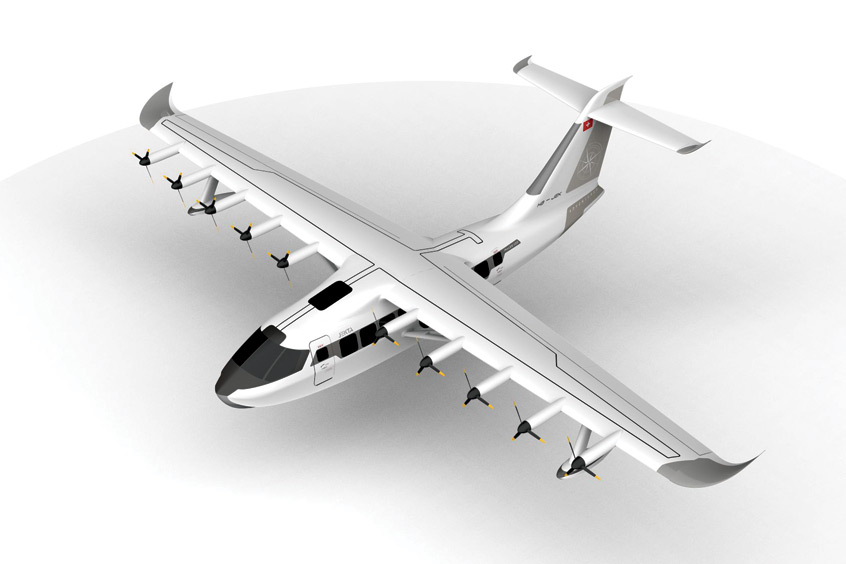ACE 2026 - The home of global charter.
 The bimonthly news publication for aviation professionals.
The bimonthly news publication for aviation professionals.

Jekta Switzerland has unveiled its PHA-ZE 100 electric amphibious aircraft at the Abu Dhabi Air Expo 2022 at Al Bateen Executive airport in the UAE, 75 years to the day after the first flight of the original H-4 Hercules seaplane.
The PHA-ZE 100 is a completely new amphibious passenger aircraft that will support sustainable transport mobility for the world's islands, coastal megacities and settlements. Airlines from Norway in particular showed interest in the aircraft; Norway and its Scandinavian neighbours plan to abandon fossil fuels by 2030.
“Investors, production partners and operators see the potential of PHA-ZE 100 to revive the economy of coastal and island states, significantly reduce greenhouse gas emissions and operate in the tourism sector while preserving nature in its original form. This is a further indication that we are on the right track, and is an inspiration for our team,” says CEO George Alafinov. “Despite the fact that we are a just a two year old company, Jekta brings together specialists from various countries with many years of experience in the design, production and operation of amphibious seaplanes. Our ambitious project requires a concentration of practical knowledge, unique experience, bold investments and perseverance in order to achieve its goals. We expect to show a flying version of our electric amphibian at one of the next exhibitions in Abu Dhabi.”
PHA-ZE 100 (Passenger Hydro Aircraft Zero Emissions) is a 19 seat passenger amphibious seaplane made of composite materials. The aircraft has a high-wing layout where 10 electric motors and batteries are located. The large volume displacement body can be configured in business, passenger, cargo and ambulance configurations. It is able to cover 150 km at a cruising speed of 135 knots, take off in a wave height of 1.2 m, while stall speed in the landing configuration will not exceed 50 knots. The batteries can be quickly changed or recharged within 45 minutes. The aircraft will also be able to be retrofitted with fuel cells once the technology becomes available.